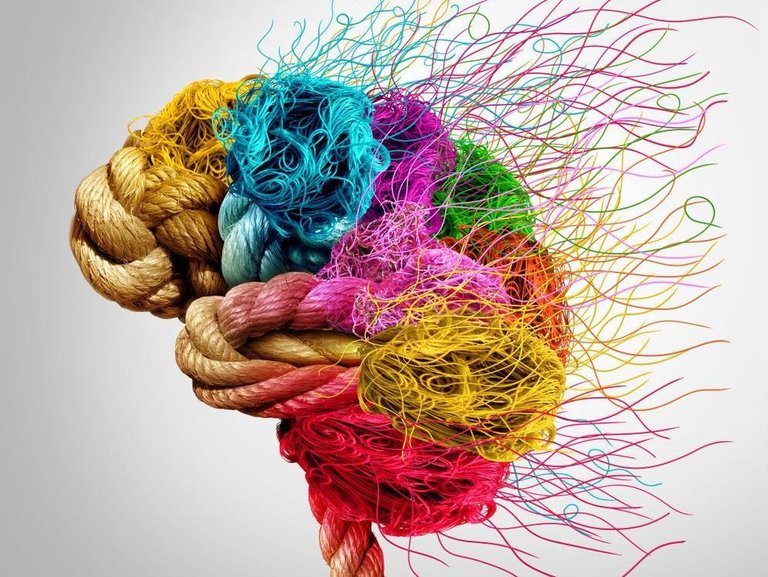The relationship between art and psychology is a complex and multifaceted one. Art has long been recognized as a means of expressing and exploring the human condition, and as such, it has the potential to shed light on the workings of the human mind.
On a psychological level, art can serve as a means of self-expression, allowing individuals to explore and express their thoughts, feelings, and emotions in a safe and creative way. This process can be therapeutic, helping individuals to better understand and process their experiences, and to gain insight into their own thoughts and feelings.
Furthermore, art can also be used as a tool for self-discovery. By engaging with art, individuals can learn more about themselves and their own psychological makeup. For example, the choice of colors, lines, and shapes in a piece of art can reveal aspects of an individual's personality, such as their level of extroversion or introversion, their emotional state, and their overall psychological well-being.
Art also has the power to evoke emotions in those who engage with it. This can be particularly useful in the field of psychology, as it allows therapists and other mental health professionals to tap into the emotional states of their clients, and to help them better understand and process their emotions.
Additionally, art can be used as a tool for communication and connection. By sharing our art with others, we can connect with them on a deeper level, and facilitate communication and understanding between individuals and groups. This can be particularly useful in the context of therapy, where art can be used as a means of facilitating dialogue and fostering empathy between individuals.
The relationship between art and psychology is a rich and fascinating one. Through the creative process, art has the power to shed light on the workings of the human mind, and to facilitate self-expression, self-discovery, emotional connection, and communication.
